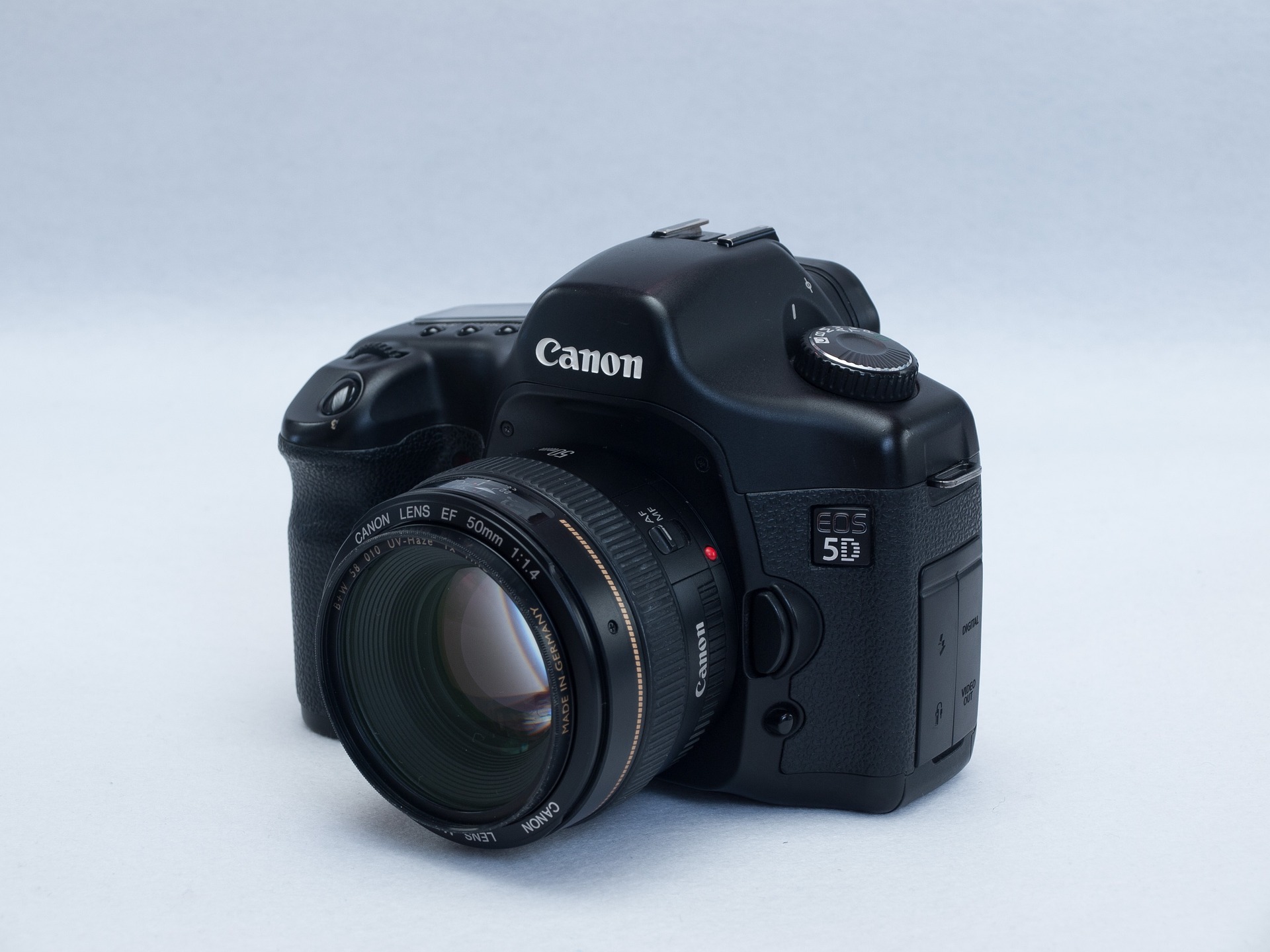"The Untapped Potential of E-Paper Technology"
The world of technology is perpetually evolving, continuously pushing the boundaries of what is possible. One such revolutionary advancement that is set to redefine the consumer electronics landscape is E-Paper technology. Despite being around for a few decades, E-Paper or Electronic Paper, is only now beginning to showcase its true potential in a variety of applications. Dive into the past, present, and future of E-Paper technology, as we uncover the reasons behind its slow rise to prominence and its potential impact on the future of technology.
Background: The Dawn of E-Paper
E-Paper technology originated in the 1970s at the Xerox Palo Alto Research Center. The concept was simple yet revolutionary—to create a digital display that mimics the appearance of ink on paper. This technology was designed to have high visibility and contrast, a wide viewing angle, and low power requirements. Its development, however, was slow, with the first E-Paper display not coming into existence until 1997.
In the early 2000s, E-Paper found its first major application in E-Readers. Amazon’s Kindle, launched in 2007, was the first popular device that capitalized on the benefits of E-Paper—long battery life and low eye strain. Despite these advantages, E-Paper technology remained largely underutilized, confined mainly to E-Readers and a few digital signage applications.
Current State: The Slow Emergence
In recent years, E-Paper technology has begun to spread its wings, finding applications beyond E-Readers. The adoption of E-Paper in smartwatches, owing to its low power consumption, has been a significant development. Pebble, one of the pioneers in smartwatch manufacturing, used E-Paper displays for their devices, boasting a battery life of up to 10 days.
Furthermore, E-Paper is now being implemented in smartphones and tablets, with the Russian company YotaPhone releasing a dual-screen smartphone in 2013. This device features a regular LCD on one side and an E-Paper display on the other, providing users the flexibility of two screens with different properties.
Future Prospects: Untapped Potential
The potential of E-Paper technology extends far beyond E-Readers and smart devices. One promising application is in the area of smart home technology. From smart mirrors to interactive walls, E-Paper could revolutionize the way we interact with our homes.
Moreover, E-Paper has tremendous potential in the realm of wearable technology, where its flexible, thin, and low-power properties could be highly beneficial. Companies like Sony have already dabbled in this area, releasing a prototype of an E-Paper watch.
Market Impact and Pricing
The market for E-Paper displays is projected to reach $3.12 billion by 2022, growing at a CAGR of 13.6% from 2017. This significant growth is expected due to the increasing adoption of E-Paper displays in various applications.
In terms of pricing, E-Paper displays are relatively expensive compared to their LCD or LED counterparts. However, as the technology matures and manufacturing processes improve, prices are expected to fall, making E-Paper more accessible to the average consumer.
A Bright Future Ahead
While E-Paper technology is yet to realize its full potential, it is certainly on the rise. As technology continues to evolve and consumer demand for energy-efficient, flexible, and high-quality displays grows, E-Paper is likely to become an integral part of our technological future. Its journey from a niche product to a mainstream technology offering is a testament to the untapped potential of E-Paper and its ability to redefine the consumer electronics landscape.






